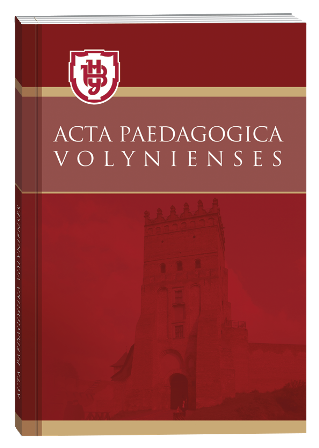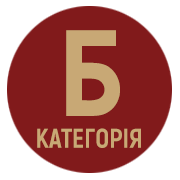TEACHING COLREGS AT MARITIME ENGLISH LESSONS
DOI:
https://doi.org/10.32782/apv/2023.3.14Keywords:
the Collision Regulations, Maritime English, higher maritime educational institutions, nautical students, communicative approach, content-based approach, IMO Model Course 3.17.Abstract
The article substantiates the necessity of teaching the Collision regulations at the Maritime English lessons in higher maritime educational institutions in order to increase nautical students’ knowledge and ability to apply Colregs in required circumstances and as the final result it could help to decrease the number of collisions at sea. The paper demonstrates the sequence of activities for thorough study of the Colregs at the Maritime English lessons. It is recommended that each lesson devoted to Colregs study is organized in accordance with communicative and contentbased approaches and the requirements of IMO Model Course 3.17. The structural parts of the lesson are starter, presentation, practice and production, each of with includes different types of activities for practicing Colregs. The interactive tasks are aimed to engage students emotionally in the material, to activate their knowledge, to practice using the new language accurately, to integrate the new language items in communication activities. The activities are based on authentic documents, real-life scenarios and official maritime accident reports. Internet resources and information technologies should also be implemented in classroom and independent Colregs study in order to increase students’ interest and motivation, and give them opportunity to improve their Colregs knowledge and English skills even while on the voyage. The essential competency which students will be able to demonstrate is to summarise the necessary and appropriate actions of the bridge team members in manoeuvers and collision avoidance situations according to Colregs. The findings of this paper can be used by Maritime English teachers in lessons planning and will aid students in learning and understanding Colregs through language learning in compliance with the STCW requirements and the Model course Maritime English.
References
COLREG: Consolidated edition. London: IMO Publishing, 2003. 48 p.
Demirel E., Bayer D. Further Studies on the COLREGs (Collision Regulations) TransNav the International Journal on Marine Navigation and Safety of Sea Transportation. Volume 9, Number 1, Piri Reis University, Tuzla, Istanbul, March, 2015.
IMO Model Course 3.17. Maritime English. London: IMO Publishing, 2015.
Ismail M. A Study of Collision Regulations and their Application at Sea. The 3rd International Conference on Ocean, Mechanical & Aerospace-Scientist & Engineers: University Malaysia Terengganu, November, 2016.
Ismail M., Fuad A., Said M. Identifying the Level of Knowledge in COLREGs for Nautical Science Students at the University Malaysia Terengganu. Proceedings of International Conference on the Future of Education IConFEd. Institute of Teacher Education Tuanku Bainun Campus, Penang, Malaysia, 10-12 July, 2018.
Mohovic D., Mohovic R. and Baric M. Deficiencies in Learning COLREGs and New Teaching Methodology for Nautical Engineering Students and Seafarers in Lifelong Learning Programs. The Journal of Navigation. 2016. P. 765–776.
Seven Seas Ahead : coursebook / [K. Boiko, O. Frolova, V. Kudryavtseva, T. Malakhivska, O. Ovchynnikova]. – Kherson : KSMA Science Park “ Maritime Industry Innovations” Ltd, 2021. 314p. : English.
Smelikova V. Applying CLIL Method to Teaching Maritime English. Нова педагогічна думка. 2020. № 2 (102) C. 98–102.
STCW Convention. International Convention on Standards of Training, Certification and Watchkeeping for seafarers including 2010 Manila amendments. Consolidated edition. International Maritime Organization. London. 2017.
Ziarati, R., Ziarati, M. and Acar, U. An investigation into COLREGs and their application at sea. Marifuture papers: 2012. P. 40–47.







